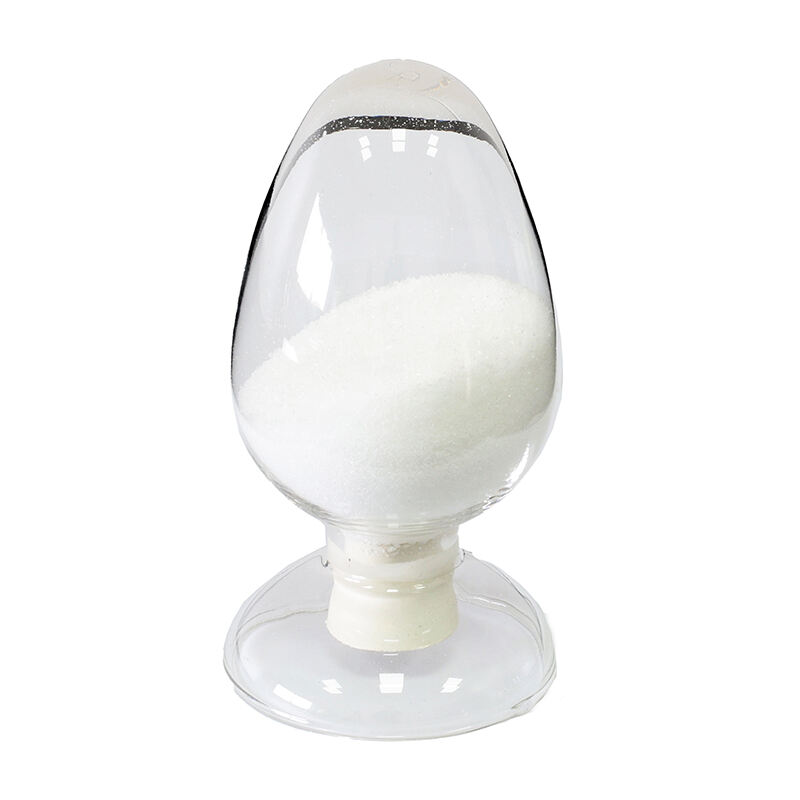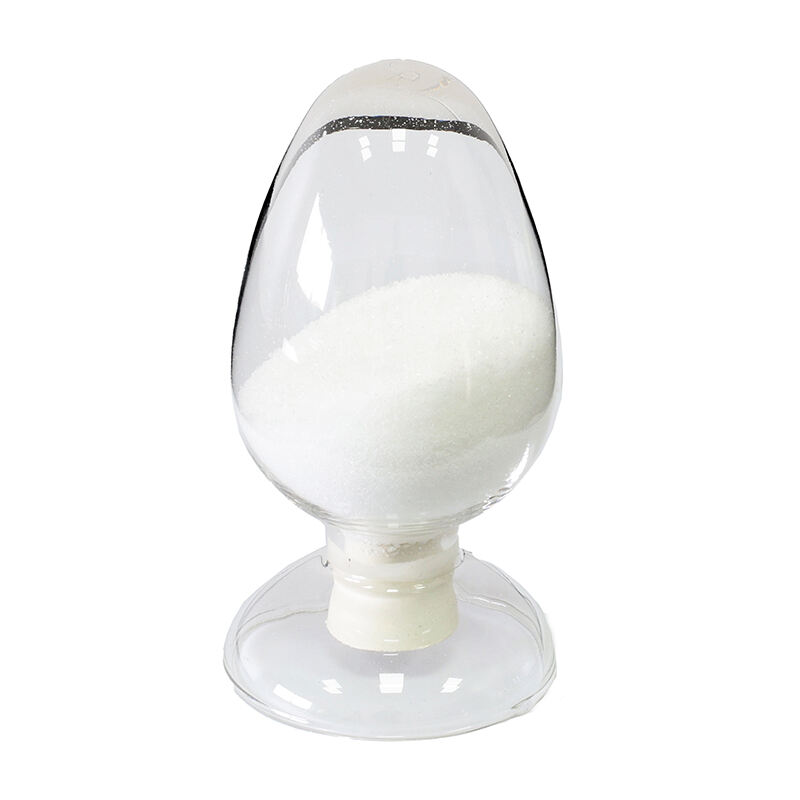Jenerasi ketiga pembasmi serangga nikotin dinotefuran
Abstrak: Dinotefuran adalah insektisida nikotinik generasi ketiga yang dikembangkan oleh Mitsui Chemical di Jepun. Ia bertindak ke atas sistem neurotransmisi serangga, menyebabkan kegembiraan tidak normal, kelumpuhan dan kematian, dan mempunyai kesan sentuhan dan keracunan perut. N,O-Dimethyl-N'-nitroisourea (MNO, CAS: 255708-80-6) adalah perantara penting dalam sintesis dinotefuran. Berbanding dengan insektisida neonicotinoid tradisional, dinotefuran lebih larut dalam air, bermaksud bahawa dinotefuran lebih mudah diserap. Toksiti lisan thiamethoxam kepada lebah hanya 1/4.6, dan toksiti sentuhan adalah separuh daripada thiamethoxam. Dapat dilihat bahawa prestasi dinotefuran adalah lebih cemerlang.
Kata kunci: dinotefuran; pestisida; insektisida; N,O-Dimethyl-N'-nitroisourea; CAS: 255708-80-6; MNO
1.Sintesis dinotefuran
Antara perantara utama dinotefuran adalah tetrahydrofuran-3-metilamina dan N,O-Dimethyl-N'-nitroisourea (CAS:255708-80-6), dinotefuran terutamanya disintesis dengan menggunakan tetrahydrofuran-3-metilamina dan N,O-Dimethyl-N'-nitroisourea, dan akhirnya mendapat bahan asal pestisida.
Proses pengeluaran N,O-Dimethyl-N'-nitroisourea melibatkan penitrasian dan mempunyai faktor risiko yang tinggi. Dalam keadaan perlindungan alam sekarang, pengeluar sering berhenti mengeluarkan dan membataskan pengeluaran, serta kelulusan penilaian alam sekitar dan keselamatan bagi kapasiti pengeluaran baru juga sangat sukar. Akibatnya, pasaran N,O-Dimethyl-N'-nitroisourea menjadi ketat.
2.Sifat fizik dan kimia
Serbuk putih atau kuning pucat, titik lebur 101-102℃, kelarutan dalam air 39g/L, n-heksana 9.0*10-6g/L, xilena 73*10-3g/L, metanol 57g/L.
3.Mekanisme tindakan
Dinotefuran tiba di tapak dalam bentuk asas bebas dan membunuh serangga dengan berinteraksi dengan penerima acetylcholine di membran belakang kulit saraf. Ia boleh digunakan secara meluas untuk kawalan serangga penggangu pada tumbuhan. Selain kesan pembunuh serangga secara langsung, ia juga didapati mempengaruhi pemakanan serangga, perkongsian, pelaksanaan, tindakan terbang, serta menyebabkan pertumbuhan buruk dan penurunan pelaksanaan.
Dengan berikatan dengan penerima nikotinik asetilkolin serangga, dinotefuran mengganggu sistem neurotransmisi serangga, menyebabkan kelumpuhan dan memainkan peranan sebagai insektisida. Eksperimen menunjukkan bahawa aktiviti pengikatan ubat pada bahagian penerima asetilkolin adalah lebih rendah berbanding thionicotinoid lain, tetapi keupayaannya adalah lebih tinggi berbanding produk seperti itu. Oleh itu, disimpulkan bahawa terdapat lokasi pengikatan yang berbeza bagi dinotefuran, yang mungkin disebabkan oleh wujudnya struktur furan khas dalam dinotefuran, jadi ia mungkin mempunyai mekanisme tindakan yang sama dan berbeza dengan nikotinoid lain.
4.Keselamatan
Pesticida dinotefuran adalah selamat untuk mamalia, haiwan air, burung dan lebah, tetapi sangat toksik kepada ulat sutera, jadi ia mesti digunakan dengan berhati-hati di kawasan ladang serat sutera.
5.Pembangunan dan aplikasi
Dinotefuran adalah generasi ketiga penyakit pengusir serangga nicotinic, spektrum pengusir serangga sangat luas, ia boleh mengawal pelbagai jenis hemiptera, lepidoptera, kumbang, diptera, orthoptera, hymenoptera dan lain-lain serangga. Ia berkesan dalam mengawal serangga seperti lipan, whitefly timun, sisik, Vermilion bug, cacing peach, penambang daun peach, kumbang jalur kuning, penambang bijirin dan lain-lain serangga, dan mempunyai kesan kawalan yang baik terhadap tea yellow thrips, tobacco thrips, yellow thrips, citrus yellow thrips, ulat kubis, bor, locust padi dan lain-lain serangga.
6.Prospek Pembangunan
Kerana pestisida pengusir serangga dinotefuran mempunyai spektrum pengusir serangga yang sangat luas, dan sangat selamat untuk tanaman, manusia dan haiwan serta alam sekitar, ditambah dengan pelbagai guna, pestisida ini dijangka akan menjadi pestisida besar di dunia. Ini juga menyebabkan pelbagai pembuat kini cuba mendaftarkan dokumen dinotefuran.



 EN
EN
 NL
NL
 FR
FR
 DE
DE
 JA
JA
 KO
KO
 PT
PT
 RU
RU
 ES
ES
 ID
ID
 VI
VI
 TH
TH
 MS
MS
 TR
TR
 AR
AR













